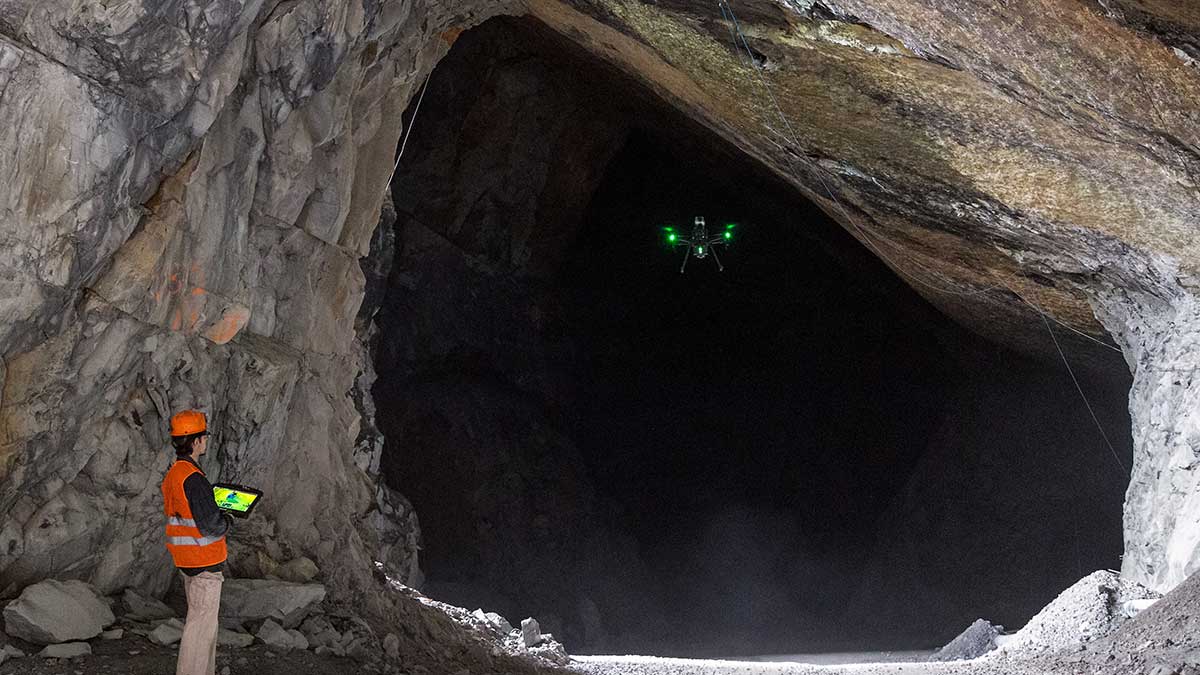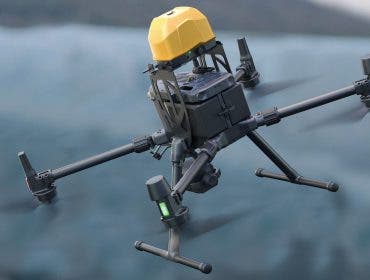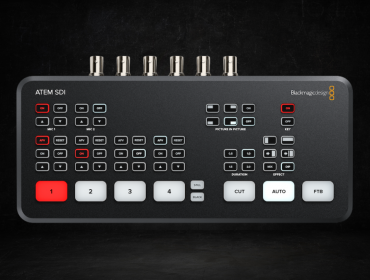For many industries, their continued operation often involves work that needs to be conducted within confined spaces. These include the inspections and repairs of infrastructure and assets, detection of hazardous materials, transportation of samples, and other essential, albeit challenging and potentially dangerous, activities. Historically, humans would have to manually carry out these tasks. However, drones are playing increasingly important roles across these critical operations in a confined space.
Drones are quick to deploy, provide significant cost savings, and help minimize downtime. Perhaps most importantly, they also improve safety for human operators by reducing or eliminating exposure to environmental hazards present within confined spaces. Drones are perfectly suited to tackle the 3 D’s: The Dull, the Dirty, and the Dangerous. They do it all so that people don’t have to.
Below are examples of industries that routinely carry out work within a confined space, along with the respective applications under each industry that drones are perfectly suited for.

Drones in Confined Spaces: Industry Examples
Oil & Gas
The oil and gas industry is increasingly relying on drones to substitute existing manual inspection methods that can be dangerous and inefficient. Drones eliminate the need to send human inspectors up smokestacks, onto offshore rigs, inside storage tanks, and other dangerous locations.
In addition to gathering the necessary inspection data quickly and comprehensively, drones also lead to a significant reduction in workplace hazards. Alongside inspections, oil and gas companies are also utilizing drones to monitor pipelines as well as offshore oil and gas rigs remotely and automatically. In the event of accidents such as spills or fires, drones can also help coordinate emergency response efforts by providing real-time data of the affected areas.
Sewage & Wastewater Infrastructure
Sewers and wastewater processing/treatment facilities are rife with confined spaces. These include pipes, culverts, outfalls, etc. that often contain noxious gases, a variety of biohazards, and/or chemical substances. Since these structures are constantly in use and can’t always be offline, regular maintenance plays a critical part in their continued operation. Maintenance also helps identify potential problems before catastrophic failures occur.
Rather than physically entering these structures by crawling through slippery areas, walking across elevated scaffolding, or swimming through fast-moving wastewater to locate potential defects, inspectors can safely fly drones into sewer pipes or other confined spaces within wastewater facilities to remotely collect data.
Nuclear Power
Thanks to the multitude of safeguards in place to keep them operating normally, nuclear power plants are typically very safe. These safeguards include facility-wide radiation detection measures that happen around the clock. Additionally, it includes routine inspection of mission-critical infrastructure within the plant, many of which (such as the containment structure, cool water basin, reactor core, etc.) are confined spaces that may be radioactive or are otherwise inaccessible.
Using drones within nuclear power plants, particularly drones equipped with energy-compensated Geiger-Muller detectors and additional sensors, provide a number of benefits.
Benefits of using drones in nuclear power plants
- They allow nuclear inspectors to safely detect and collect radiation data remotely. This greatly reduces the risk of harmful radiation exposure to humans.
- The radiation data can be used to create a radiation map of the nuclear power plant. This helps pinpoint any location where dangerous radiation levels are present.
- In the event of a leak or other incidents, drones can be quickly deployed from non-contaminated areas. This is done in place of human personnel to remotely evaluate and monitor the developing issues. This not only helps to reduce the length of outages but also eliminates the need for scaffolding and other costly temporary safety structures that traditional manual inspections require.
Mining
Mining has traditionally been a dangerous and labor-intensive affair. However, a lot of the hazards associated with mining can be mitigated or eliminated altogether using drones. Instead of manually surveying the entirety of a mine’s labyrinthine network of underground tunnels, miners can instead use drones to remotely capture high-fidelity 3D spatial data to accurately map out the entire mine.
Miners can also use drones to remotely survey stockpiles and locate assets. In the event of a tunnel collapse, drones also help speed up search and rescue efforts and even deliver small payloads of emergency supplies to those in need.






